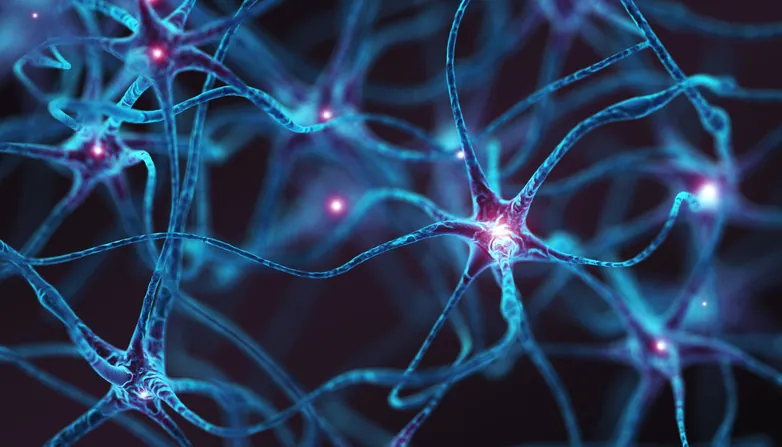
Unlocking the Secrets of Cerebellum Repair: Groundbreaking Discoveries in Brain Receptor Structure
2025-06-24
Author: Arjun
The Cerebellum: A Critical Component of Our Motor Skills
The cerebellum is not just a small part of the brain; it’s a powerhouse that orchestrates movement, balance, and even cognition. When the cerebellum gets damaged, the effects can be dramatic, impacting fundamental abilities like walking and standing.
Revealing the Mysteries of AMPA Receptors
A pioneering study from researchers at Oregon Health and Science University (OHSU), published in the prestigious journal Nature, has made significant strides in understanding the molecular structure of calcium-permeable AMPA receptors (CP-AMPARs). These receptors are vital for fast excitatory synaptic transmission, particularly in the rat brain's cerebellum, and this new knowledge could pave the way for revolutionary therapies to repair injured brain structures.
Expert Insights on Synapse Engineering
Dr. Eric Gouaux, senior scientist at the OHSU Vollum Institute and the study’s lead author, shed light on the importance of synapses for brain functionality and how their molecular structure governs their operation. He notes that understanding these mechanisms could lead to breakthroughs in repairing damaged synapses. "This is a super exciting new direction with potential therapeutic applications," he stated.
Delving Deeper into AMPAR Architecture
While many studies have focused on AMPARs, especially in their recombinant forms, the intricate architecture of native CP-AMPARs has remained elusive. These receptors consist of four subunits (GluA1-GluA4) and are organized into three primary layers: the extracellular amino-terminal domain (ATD), ligand-binding domain (LBD), and transmembrane domain (TMD). The ATD plays a crucial role in assembling the receptor and interacting with other key synaptic proteins.
Cryo-EM: A Window into Receptor Positioning
Utilizing cutting-edge cryo-electron microscopy, the research team captured stunning details of CP-AMPAR subunit positions, revealing that the GluA4 subunit occupies pivotal spots within the receptor structure. Additionally, they identified transmembrane AMPAR regulatory proteins (TARPs) that are essential for AMPAR function, suggesting a complex web of interactions that fine-tune receptor performance.
Noe 1: A Key Player in Receptor Function
The structure of the Noelin 1-GluA1/A4 complex was another significant finding of the study. Noe 1 binds to the GluA4 subunit, enhancing the stability of the receptor without interfering with its gating properties. This protein helps form dimeric-AMPAR assemblies that cluster receptors in synaptic environments, boosting their responsiveness to neurotransmitters.
The Future of Cerebellum Therapy
Co-author Dr. Laurence Trussell, professor at OHSU's School of Medicine, emphasizes the importance of glutamate receptors in the cerebellum’s functionality. He argues that targeting these receptors with new medications could significantly improve outcomes for individuals affected by cerebellar injuries or genetic disorders, hinting at a future where therapies can effectively restore motor skills and cognitive functions disrupted by damage.



 Brasil (PT)
Brasil (PT)
 Canada (EN)
Canada (EN)
 Chile (ES)
Chile (ES)
 Česko (CS)
Česko (CS)
 대한민국 (KO)
대한민국 (KO)
 España (ES)
España (ES)
 France (FR)
France (FR)
 Hong Kong (EN)
Hong Kong (EN)
 Italia (IT)
Italia (IT)
 日本 (JA)
日本 (JA)
 Magyarország (HU)
Magyarország (HU)
 Norge (NO)
Norge (NO)
 Polska (PL)
Polska (PL)
 Schweiz (DE)
Schweiz (DE)
 Singapore (EN)
Singapore (EN)
 Sverige (SV)
Sverige (SV)
 Suomi (FI)
Suomi (FI)
 Türkiye (TR)
Türkiye (TR)
 الإمارات العربية المتحدة (AR)
الإمارات العربية المتحدة (AR)